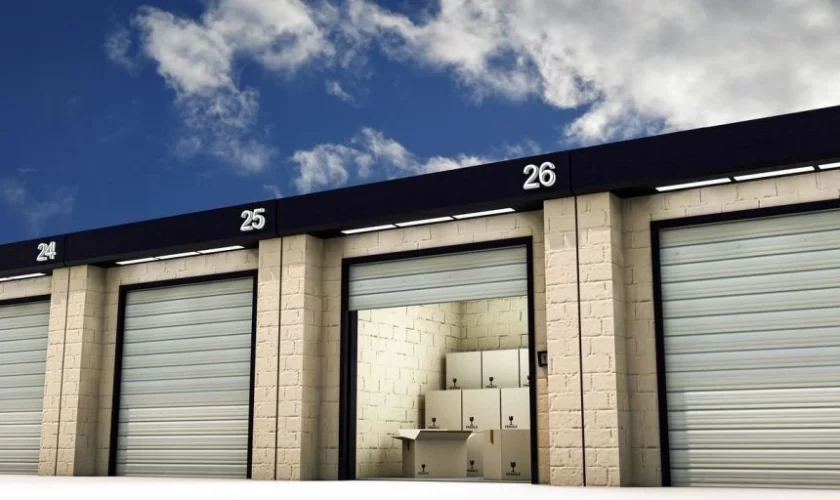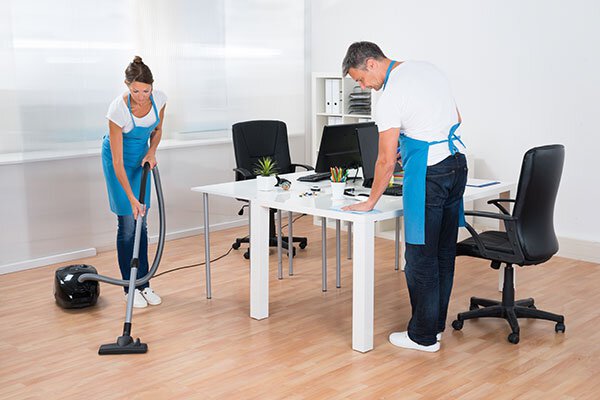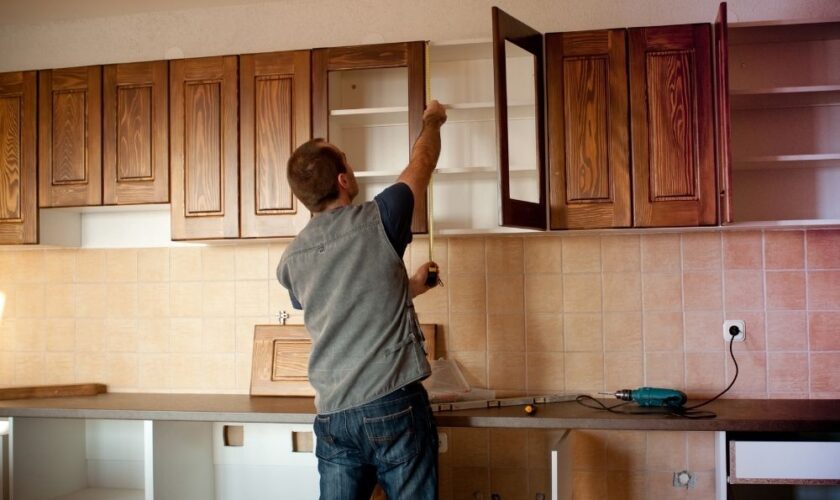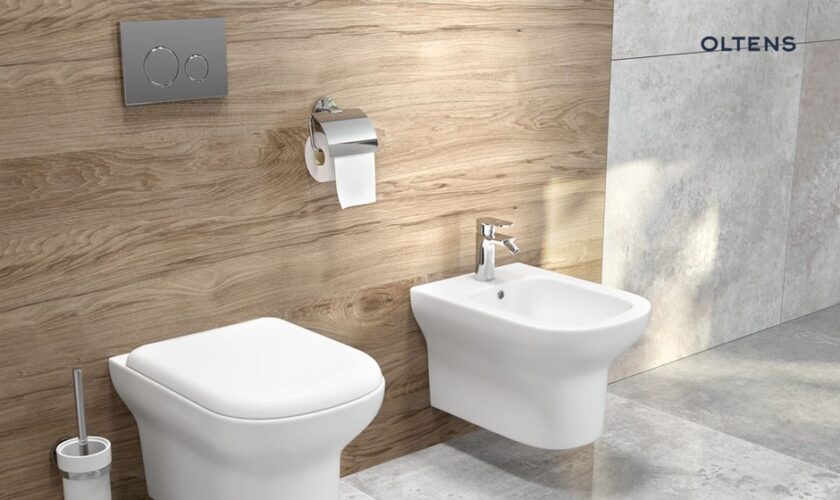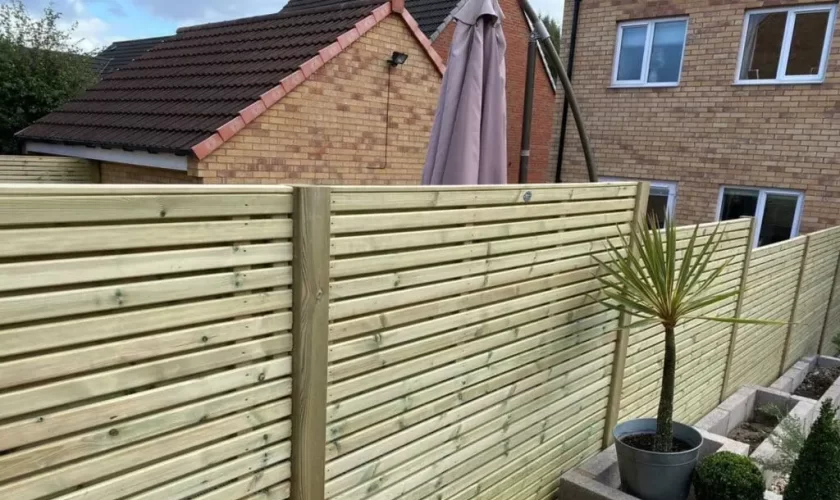Relocating to a new city can be both exciting and overwhelming. For newcomers to Glasgow, managing the logistics of moving—especially finding a place to stay and organizing your belongings—can be a challenge. Fortunately, short-term storage units can provide an invaluable solution to ease the transition process. If you’re looking to secure your items locally, this guide explores how storage units in Glasgow can simplify your move and make settling into your new home much easier.
Why Use Short-Term Storage When Moving?
- Temporary Housing or Delayed Move-In Dates: If you’re temporarily staying with friends or family or have a gap between your old home and your new one, short-term storage allows you to keep your belongings safe until you can move them into your new home.
- Organizing and Downsizing: Moving to a smaller flat or house? Store items you don’t need right away, allowing you to downsize your belongings without pressure. Take time to sort through them before deciding what to keep or donate.
- Sorting Out Logistics: Not sure where everything will go in your new place? Use storage to store excess items and keep your new space tidy while you figure out your organizational plan.
- Fitting Moving in Between Work or Other Commitments: A busy schedule might not leave room for an all-in-one move. Use storage to gradually transition your items over time.
How Storage Units Can Help with the Moving Process
- Flexibility: Storage units can be rented on a weekly or monthly basis, giving you the flexibility to store your items for as long as needed without being locked into a long-term contract.
- Security: Glasgow’s storage facilities offer secure options with 24/7 surveillance, ensuring your belongings are safe while you focus on other aspects of your move.
- Easy Access: Many facilities offer 24/7 access, so you can retrieve or add items at your convenience, helping to make the process smoother if you’re moving in stages.
- Weather Protection: With unpredictable weather in Glasgow, you don’t have to worry about your belongings getting damaged by rain or extreme temperatures if they’re stored in a secure unit.
Top Storage Options for Your Move to Glasgow
- Storage Vault Provides flexible short-term storage for newcomers to Glasgow. Their locations near major transport hubs make it convenient for storing belongings during the transition.
- Safestore Glasgow Offers secure, accessible storage with various unit sizes to suit different needs. They also provide short-term rental options, ideal for those in between moves.
- Shurgard Self Storage Located near major routes, Shurgard offers both short-term and long-term storage with easy access and 24/7 security.
- Big Yellow Self Storage Perfect for those who need flexible and affordable options. Big Yellow’s wide range of unit sizes makes it easy to store anything from furniture to boxes of personal belongings.
- U Hold The Key Self Storage Ideal for those needing to store items during a temporary stay or while organizing their new home. They offer competitive rates and various unit options.
Practical Moving Tips Using Storage Units
- Plan Ahead: Reserve your storage unit before you move to Glasgow. This ensures that you have a place to store your belongings as soon as you arrive.
- Use the Right Size Storage: Estimate how much space you’ll need. Many storage providers offer tools or advice on choosing the appropriate size. It’s better to have a little extra room than to find your unit too small.
- Keep Essential Items Separate: Store the items you need immediately—such as clothes, kitchen supplies, or documents—separately in an easily accessible area.
- Label Everything: Label your boxes and belongings clearly to make the process of retrieving items from storage quick and easy.
- Take Advantage of Moving Services: Some storage facilities offer additional services like van hire or collection, which can help with transporting your belongings to and from the unit.
Additional Benefits of Short-Term Storage for Your Move
- Reduce Stress: Having a storage unit to place your belongings in helps take the pressure off by breaking up your move into manageable steps.
- Clarity and Control: Instead of feeling rushed, you can store items and carefully plan where everything will go in your new home.
- Temporary Storage for Furniture: If your new place isn’t ready to accommodate large items right away, store your furniture and arrange for delivery at a later time.
Final Thoughts
Moving to Glasgow doesn’t have to be chaotic. By utilizing short-term storage, you can streamline your relocation process, avoid unnecessary stress, and give yourself the time to settle in comfortably. Whether you’re waiting for your new home to be ready, need extra space during the move, or simply want to organize your belongings, storage units provide a practical solution.
Takeaway Tip: Start the process early—secure your storage unit as soon as possible to avoid any last-minute rush and ensure a smooth, organized move.
